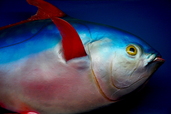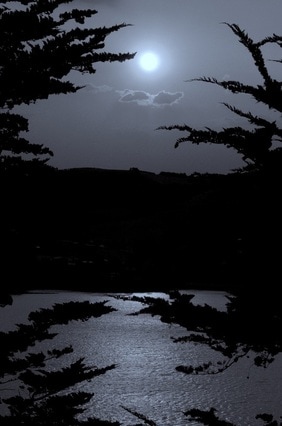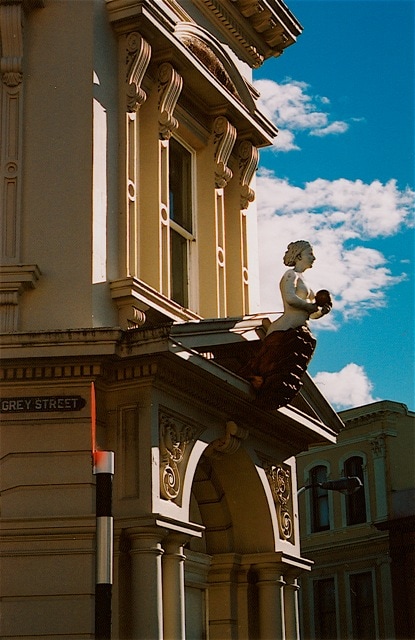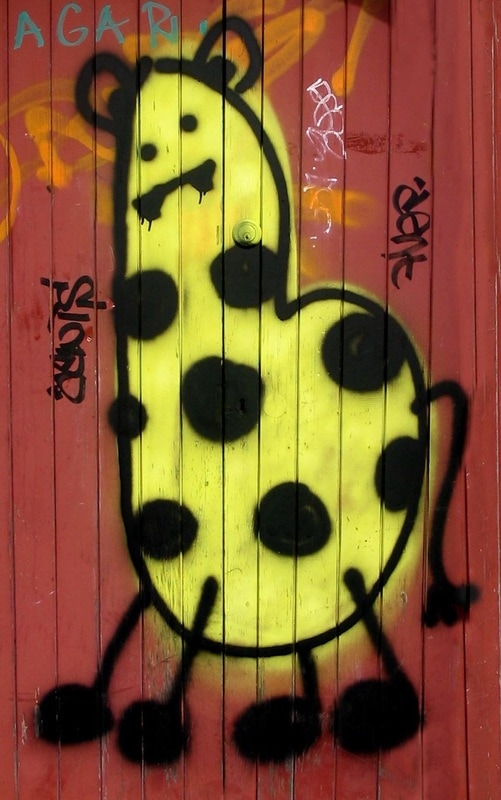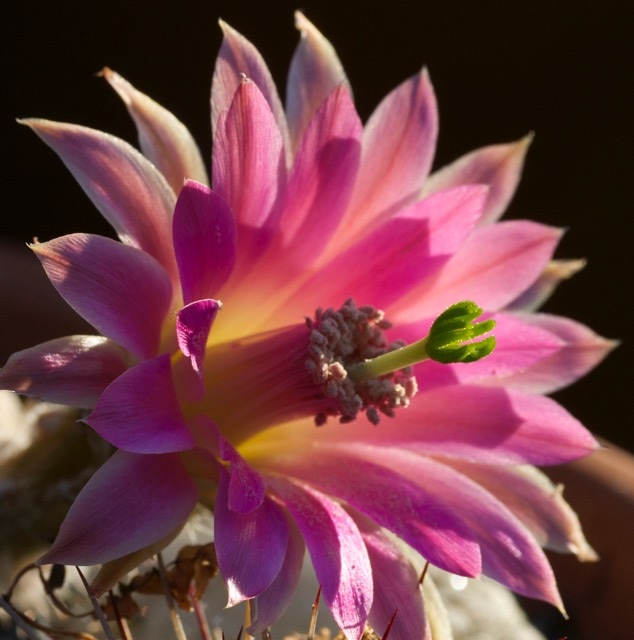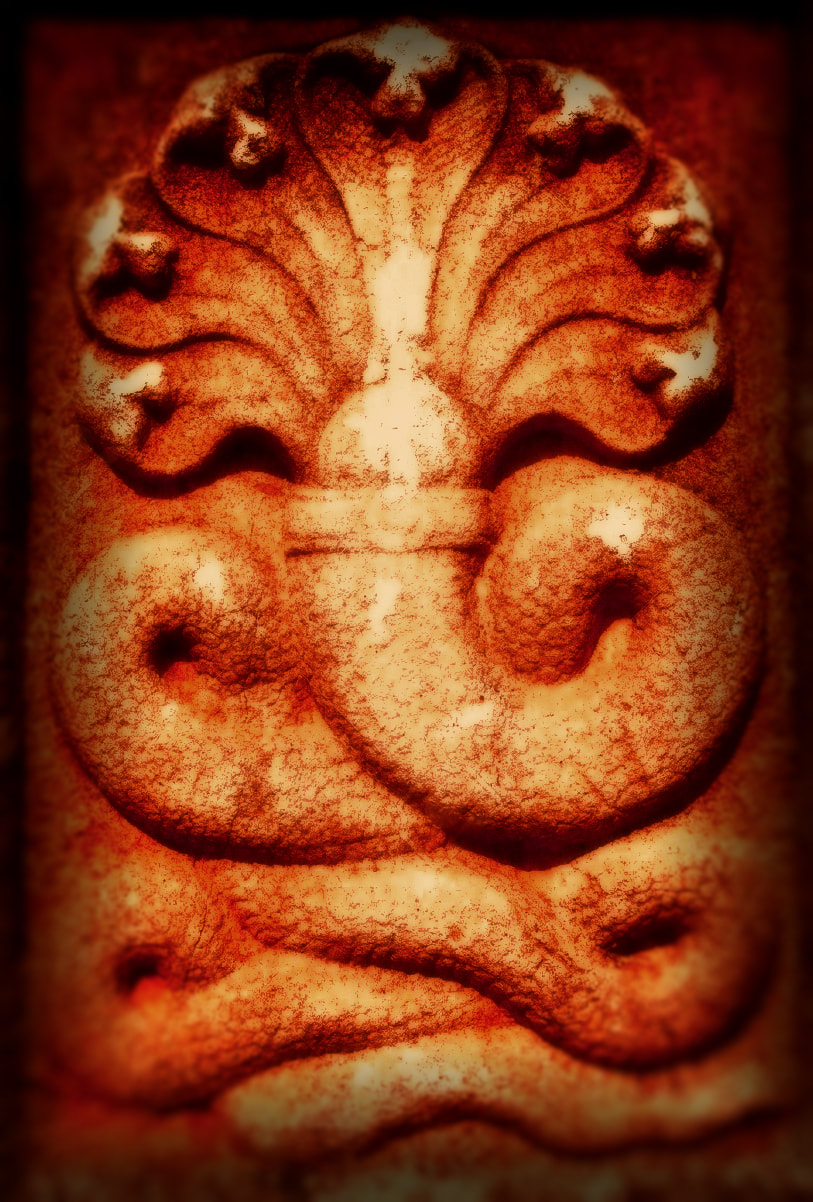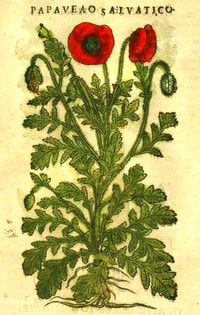Here in southern (not too southern) New Zealand it flourishes with near-weedy exuberance since we are blessed with the year-round humidity and particular temperatures that it requires, reasons for the difficulties with cultivation that so many experience elsewhere. Though so tropical in appearance, it is in fact a native of the Andes found in a relatively narrow band of elevation between 2 and 3000 metres, enjoying the shelter and shade of taller companions and the resulting protection from climactic extremes. Here it supports the assertion that too warm a location will put the kibosh on flowering, withholding its fluted blooms in the hottest part of summer and wilting slightly unless favoured with daily squirts from the hose.
It is thirsty but not outrageously hungry, I have found; most examples in the area are routinely ignored and certainly not fertilized, though they do benefit from the leaf litter cast by their neighbours. I would not personally pile on too much poo as it would probably result in masses of leaves and sappy growth without any concomitant boost to flowering, which occurs in lengthy pulses, the tubular wonders lowering slowly from their furry emerald cowls and assuming their famous sunset hues over the period of a week or so.
In ideal conditions it can approach four metres in all directions, though three is more usual in a mature specimen. It is eminently prunable, quickly recovering from a hard talk with the shears or few days of frost with busy, bushy growth. You can opt for this or the more open natural form which has it own pendant charm.
I have found them difficult-to-puzzling to grow from cuttings and have had the most success with the supine-positioning method where a length is laid down in the potting mix, half buried and watered sparingly, growth springing from the dormant bud sites. I have had luck with lengths just jammed down into dirt, but the poodle put paid to these as I went to plant them out. The most reliable method of propagation is to cut out a suckery piece with rooting potential from the base of the plant if possible.
A word on its toxicity; the datura family is infamous for very good reason and I do not recommend ingestion, having listened in fascinated horror to several survivor-accounts including such dubious episodes as "Housesitting Terror: The Worst Three-Day SWAT Siege Never to Actually Happen" and "Making it All the Way to the Toilet in a Timely Manner: My Struggle." You get the picture. There was a brief scopolamine craze here in the late nineties and while it made for amusing copy and a police force ill-equipped to contend with a wave of highly agitated and/or incontinent hippies, there is nothing funny about trying to sit on someone while they're trying to peel their own eyelids off. So if you have young children (or inveterate tripsters) in your orbit, keep all of this in mind. There are other, better things out there for the ethnobotanically curious.
There is an all-yellow form which seems to like our conditions even more; like the classic species it has no scent but seems if anything more robust and reliable. Do attempt these beautiful plants if you are ever given the opportunity.

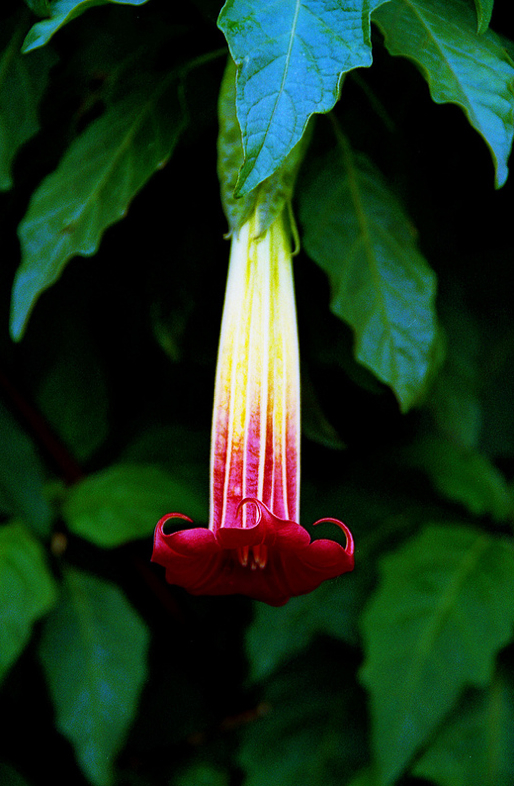
 RSS Feed
RSS Feed



